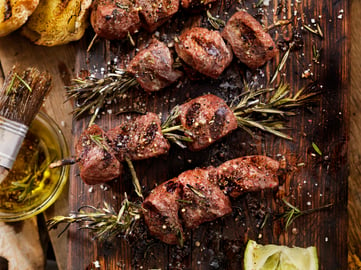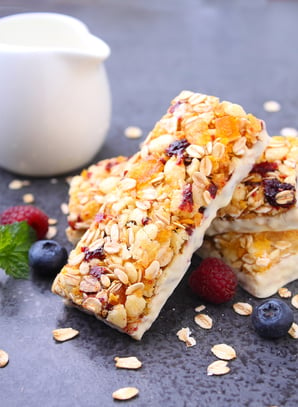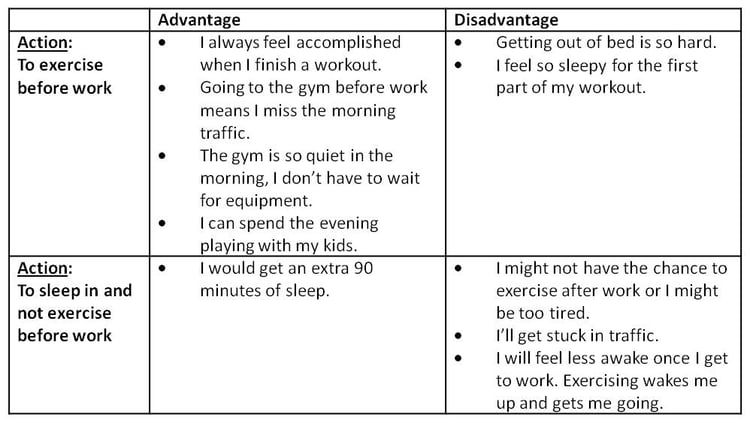 A vacation is great to “get away from it all.” It is up to you if that includes your normal exercise routine. Most of the research indicates that one week off from exercising will not take away from the progress you have made. In some instances, a week off can increase your performance by allowing lingering injuries time to heal. More than one week off can lead to declines in cardiovascular and muscular ability. During your vacation take these steps to not lose the progress you have made.
A vacation is great to “get away from it all.” It is up to you if that includes your normal exercise routine. Most of the research indicates that one week off from exercising will not take away from the progress you have made. In some instances, a week off can increase your performance by allowing lingering injuries time to heal. More than one week off can lead to declines in cardiovascular and muscular ability. During your vacation take these steps to not lose the progress you have made.
Staying active is the best way to avoid losses in physical ability. This does not have to be the same intensity as your usual workout, all movement counts. Try to do something most days of the week, it can be as simple as taking a walk or playing beach games with family and friends. If you are wanting to keep your progress and do not have access to a gym, set a goal for the week. For example, on the first day of vacation see how many pushups you can do in a row. Every day after that try to increase that number. Do the same thing for the number of squats you can do.
Stay mindful of what you eat. A couple of nice meals are a great change of pace. Try to limit the number unhealthy snacks. Extra salt and sugar are known to increase water retention and add extra pounds. Keeping your diet in check will make it easier to get back into the routine when returning from vacation.
Your vacation is a great get away but that does not mean you have to abandon all things fitness. Plan and you will be able to rest recover and set yourself up for the next round of post vacation goals.
3 tips to keeping active on your summer vacation:
- Explore new places. Renting kayaks is a great upper body and core workout. If water isn't your think, climbing to the top of a lighthouse will engage leg muscles you may not have used in a while.
- Keep it simple. Bodyweight exercises like pushups and squats are great to keep the muscles moving.
- Make it Fun. Play games, incorporate family and friends, bring a ball and be a kid again.
On the Go Workout:
20-minute get moving routine
Speed walk 5 minutes
10 Squats
10 Standing knee raises per leg
10 Pushups (incline pushups on a bench)
10 Triceps dips (on bench)
Repeat 2-3 times

 Eating out at restaurants or on the go doesn’t have to break the calorie bank or bust your diet. Here are some tips and tricks for keeping your order healthy when eating out:
Eating out at restaurants or on the go doesn’t have to break the calorie bank or bust your diet. Here are some tips and tricks for keeping your order healthy when eating out:
.jpg?width=385&name=GettyImages-482817556%20(1).jpg) The more we age, the less we move, and the more we start to take our health for granted, especially if we have been “healthy” for most of our lives. We often hear about the need to exercise more as we get older, but what about the nutrition aspect? Eating healthy foods is just as important as exercising. There are some good practices and tricks to maintaining a healthy diet and exercising plan as we age.
The more we age, the less we move, and the more we start to take our health for granted, especially if we have been “healthy” for most of our lives. We often hear about the need to exercise more as we get older, but what about the nutrition aspect? Eating healthy foods is just as important as exercising. There are some good practices and tricks to maintaining a healthy diet and exercising plan as we age.


.jpg?width=557&name=Raw%20Foods%20GettyImages-502130675%20(1).jpg)


 There are so many nutrition bars out there that I am sure it can be a challenge to pick one that is the best. So how do you know if the bar you are choosing is the healthiest option for you?
There are so many nutrition bars out there that I am sure it can be a challenge to pick one that is the best. So how do you know if the bar you are choosing is the healthiest option for you?
 In
In  That’s right, it’s okay to feel unmotivated! After all, it’s a natural feeling that extends to many aspects of our lives. How many of us really feel motivated to fold that last load of laundry? Or make our beds in the morning? Or write that last report of the month? At some point, we all struggle with motivation.
That’s right, it’s okay to feel unmotivated! After all, it’s a natural feeling that extends to many aspects of our lives. How many of us really feel motivated to fold that last load of laundry? Or make our beds in the morning? Or write that last report of the month? At some point, we all struggle with motivation.